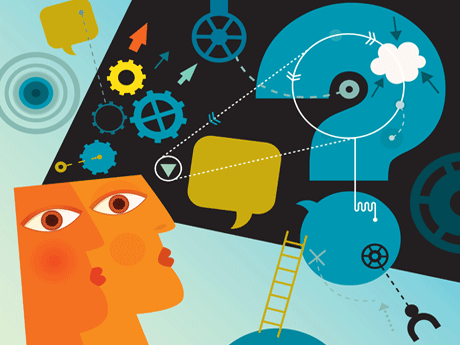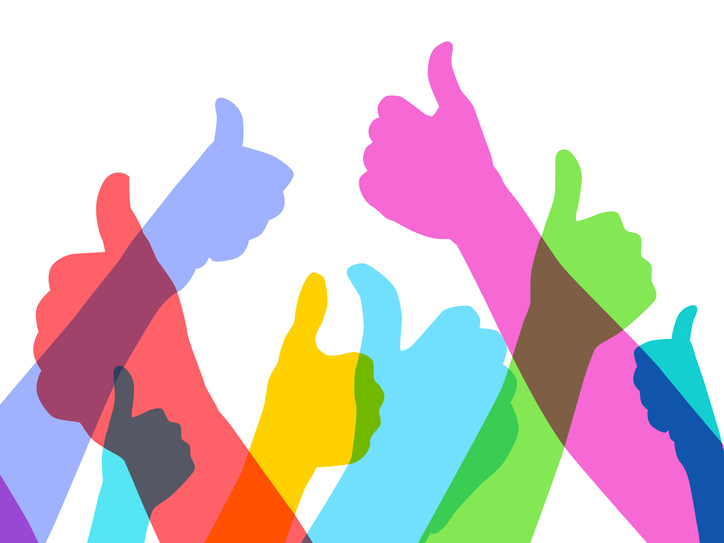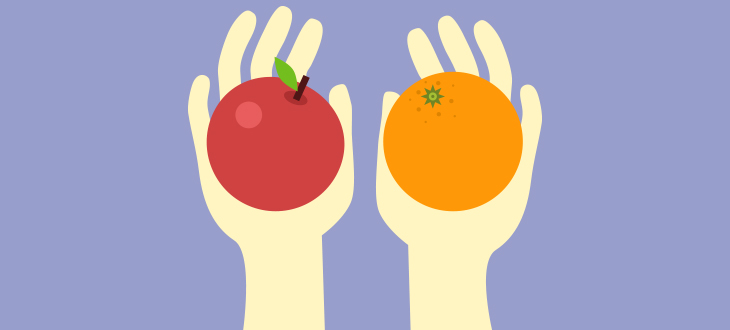WHAT IS LEARNING?

- We think that learning is a process in which we acquired and shared different knowledge and then we put it in practice in order to strengthen what has been learned. On the other hand, we think that learning transcends the academic space(college, university) because taking into account that we are social agents, we also learn to be and live together, so that we know how to behave depending on the culture in which we find ourselves and to be social people. Also the learning process allows us to improve ourselves in a professional and personal way helping us to achieve our goals, it is important to clarify that to carry out the learning process (and all that this entails) it is not necessary to attend or be in a classroom, we often learn outside of it, thanks with the readings that we can find in the books what we have at home or in a library, even we can learn from our daily experiences.
HOW DO YOU LEARN?

Some of the advantages of learning a foreign language are the ease with which you can get tools to practice; for example listening to music, you can improve listening and also pronunciation; watching movies in a foreign language also helps, not only with you listening but with the understanding of situations. Another way to practice the language is with applicatons like Duolingo, Smart, among others which nowdays help us too much if we don’t have too much time and want to improve our skills. With this, also is important to have somebody who can give is feedback from who knows about the topic to analyze how far we have advanced in our learning process. In addition, is important to have a micro-goal what is more realistic to achieve. To have a nearby objective is better because, if you get it, you will feel the motivation to continue with the process and so you could grow up, both work and personally.























